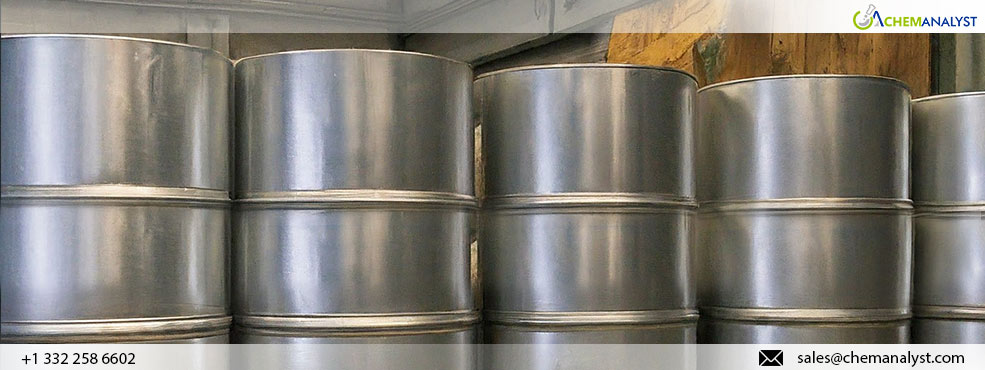Welcome To ChemAnalyst

In July 2024, Terbinafine Hydrochloride prices experienced a significant global drop due to several influencing factors. This ongoing decline was largely driven by decreased demand from downstream industries coupled with an ample supply of the Terbinafine Hydrochloride. In reaction to these market conditions, sellers began to offload their Terbinafine Hydrochloride inventories at lower prices, which further deepened the negative sentiment throughout the sector.
Recent data shows that while congestion at major Asian container hubs has eased compared to a few weeks ago, it still affects capacity and causes delays. This has led to vessel redistribution and increased congestion at other regional ports. On the bright side, there are signs of improvement on the primary East-West shipping lanes, with reports indicating lower utilization and a drop in freight rates after a two-and-a-half-month increase. This improvement in shipping conditions has helped stabilize supply and lower transportation costs in Europe, contributing to a decrease in Terbinafine Hydrochloride prices by alleviating some of the previous market pressures.
Moreover, the economic downturn in France and Germany, the eurozone's largest economies, has also played a role in influencing Terbinafine Hydrochloride prices. Recent surveys indicate a marked decline in business sentiment, with companies in these countries increasingly pessimistic about economic recovery. This shift in confidence is attributed to several factors, including weaker global economic conditions, policy uncertainties within France and Germany, and potential geopolitical repercussions from the upcoming US presidential elections. As businesses in these major economies grapple with concerns over stagnating growth and an unstable economic climate, they are likely cutting back on investments and reducing inventory levels. This reduced demand pressure has contributed to the fall in Terbinafine Hydrochloride prices, mirroring broader economic uncertainties and changing market dynamics in Europe.
In the USA, the Federal Open Market Committee (FOMC) chose to keep the federal funds rate unchanged at 5.25% to 5.50% in June. The Federal Reserve's goal is to curb inflation while avoiding a recession, a delicate task referred to as achieving a "soft landing." By raising interest rates, borrowing costs for both businesses and consumers increase, which slows down economic activity and overall demand. This reduction in demand puts downward pressure on Terbinafine Hydrochloride prices.
ChemAnalyst's analysis predicts that Terbinafine Hydrochloride prices will likely keep falling in the coming months due to persistently weak demand from end consumers. Increased consumer caution, driven by inflationary concerns and geopolitical factors such as the Red Sea conflict, is expected to further influence this downward trend of Terbinafine Hydrochloride. Additionally, high interest rates in key markets could also affect the Terbinafine Hydrochloride market, contributing to continued price declines.
We use cookies to deliver the best possible experience on our website. To learn more, visit our Privacy Policy. By continuing to use this site or by closing this box, you consent to our use of cookies. More info.
